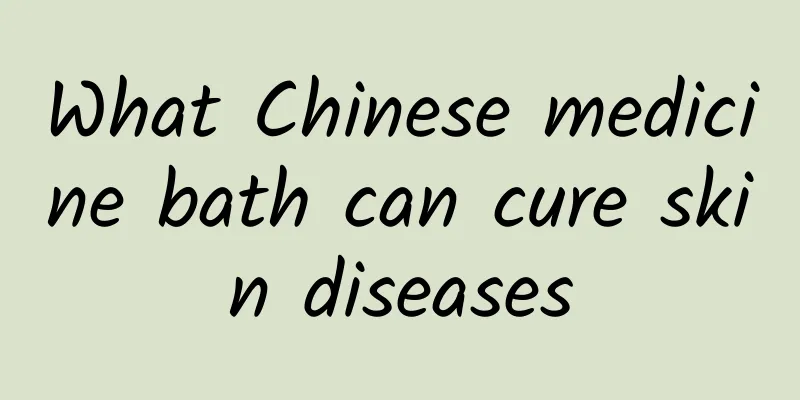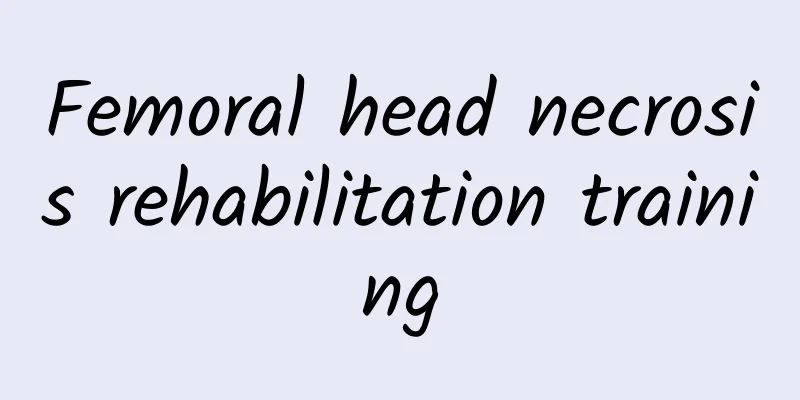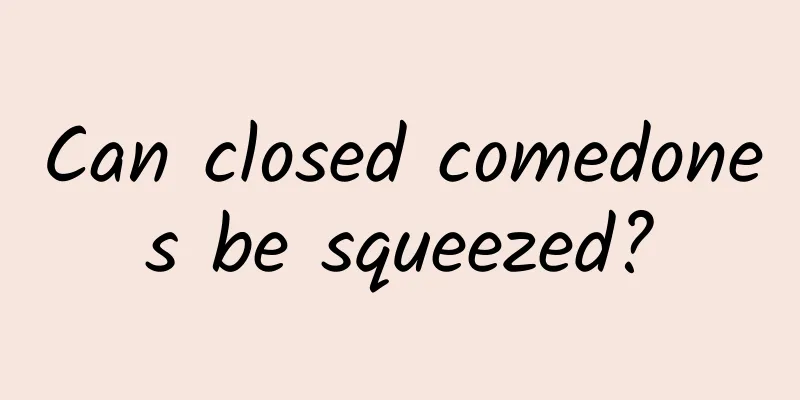Herniated disc ankle pain

|
Maintaining a bad body posture for a long time will cause problems in our cervical and lumbar vertebrae, so lumbar spine diseases are becoming younger and younger, and many young people suffer from lumbar muscle strain and herniated disc. Patients with mild cases will have difficulty walking, while patients with severe cases will experience leg pain and are more likely to compress nerves and affect the ankles. This article introduces the causes of intervertebral disc herniation and two treatments. Let’s take a look. Causes: 1. Increased abdominal pressure such as severe coughing, straining during bowel movements due to constipation, etc. 2. Improper waist posture: When the waist is in a flexed position, if it is suddenly rotated, it is easy to induce nucleus pulposus herniation. 3. Sudden weight bearing without sufficient preparation will suddenly increase the load on the waist, which is easy to cause nucleus pulposus herniation. 4. Acute lumbar trauma can affect structures such as the annulus fibrosus and cartilage plate, causing the degenerated nucleus pulposus to protrude. 5. Occupational factors, such as car drivers being in a sitting and bumpy state for a long time, can easily induce a herniated disc. (1) Non-surgical treatment Most patients with lumbar disc herniation can be relieved or cured through non-surgical treatment. The treatment principle is not to restore the degenerated and protruding intervertebral disc tissue to its original position, but to change the relative position of the intervertebral disc tissue and the compressed nerve root or partially retract it, thereby reducing the pressure on the nerve root, loosening the adhesion of the nerve root, eliminating the inflammation of the nerve root, and thus alleviating the symptoms. ① Absolute bed rest When the disease first occurs, you should strictly rest in bed, emphasizing that you should not get out of bed or sit up for defecation or urination. This will have a better effect. After 3 weeks of bed rest, you can get up and move around while wearing a waist belt for protection, and do not bend over or hold objects within 3 months. ② Traction treatment uses pelvic traction to increase the width of the intervertebral space, reduce the intra-disc pressure, retract the protruding disc, and reduce stimulation and compression on the nerve roots. It needs to be performed under the guidance of a professional doctor. ③Physical therapy, manipulation and massage can relieve muscle spasms and reduce pressure within the intervertebral disc. But be aware that violent massage can worsen the condition and should be used with caution. ④ Epidural injection of corticosteroids is a long-acting anti-inflammatory agent that can reduce inflammation and adhesions around nerve roots. Generally, long-acting corticosteroid preparations + 2% lidocaine are used for epidural injection. In addition, you can try using chondroitin sulfate and other chondroitin sulfate chondroitin. ⑤ Chemical nucleus pulposus dissolution uses collagenase or papain, which is injected into the intervertebral disc or between the dura mater and the protruding nucleus pulposus, selectively dissolving the nucleus pulposus and annulus fibrosus without damaging the nerve roots, so as to reduce the pressure in the intervertebral disc or reduce the size of the protruding nucleus pulposus, thereby alleviating symptoms. However, this method carries the risk of allergic reactions. (2) Percutaneous nucleotomy/laser vaporization of the nucleus pulposus uses special instruments to enter the intervertebral space under X-ray monitoring, crush and aspirate part of the nucleus pulposus or vaporize it with a laser, thereby reducing the pressure within the intervertebral disc and relieving symptoms. It is suitable for patients with bulging or mild herniation, but not suitable for patients with lateral recess stenosis or obvious herniation or those whose nucleus pulposus has prolapsed into the spinal canal. (3) Surgical treatment ① The surgical indications include patients with a history of more than three months, who have no effect with strict conservative treatment or who have been effective with conservative treatment but have frequent relapses and severe pain; patients with first onset but severe pain, especially with obvious symptoms in the lower limbs, who have difficulty moving and sleeping and are in a forced posture; patients with combined cauda equina compression; patients with single nerve root paralysis, accompanied by muscle atrophy and decreased muscle strength; and patients with combined spinal stenosis. ②Surgical method: Through the posterior lumbar incision, part of the lamina and articular process are removed, or the intervertebral disc is removed through the interlaminar space. For central disc herniation, laminectomy is performed followed by epidural or intradural discectomy. Patients with lumbar instability and lumbar spinal stenosis require spinal fusion surgery at the same time. |
<<: Swelling of the soft tissue around the ankle
>>: Child has unexplained ankle pain
Recommend
My head suddenly spasmed and I flashed
Insufficient blood supply to the brain usually le...
What are the best ways to treat cervical spondylosis?
If you suffer from cervical spondylosis, you must...
Corrective osteotomy
As for osteotomy correction surgery, it is actual...
What kind of injection is usually used for gout injection
Gout is a common disease. There are many ways to ...
Can I drink beer when I have a cough?
Beer is a very famous drink. Many people like to ...
How does Traditional Chinese Medicine treat arteriosclerosis?
With the increasing number of anime patients in r...
Children have persistent high fevers
Data shows that each child has a high fever proba...
What causes red and swollen gums?
Our oral cavity needs our special attention, but ...
What are the functions and effects of Codonopsis honey
Honey is a natural health product that many peopl...
What are the characteristics of a weak pulse? What causes a weak pulse?
A weak pulse is caused by a weak heartbeat, which...
Where can moxibustion remove coldness?
Moxibustion can help us eliminate the cold, becau...
What is the cause of stomach acid
Many people always have acid reflux in their stom...
What are the medicinal values of golden Buddha's hand?
I believe everyone has heard of the Golden Buddha...
Moderate cardiovascular stenosis
With the improvement of the quality of life, more...
How to regulate insufficient blood supply to the brain, TCM classification and treatment
Cerebral insufficiency mainly refers to ischemic ...









